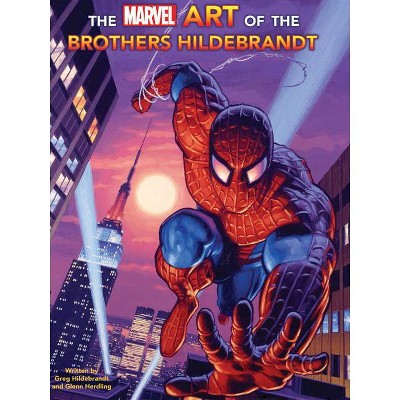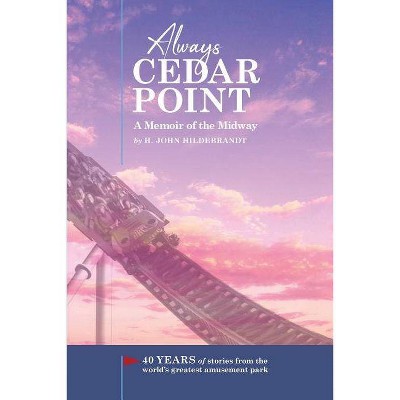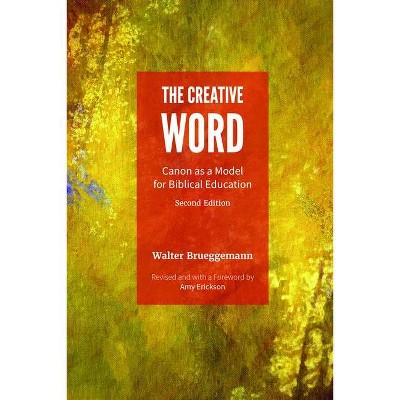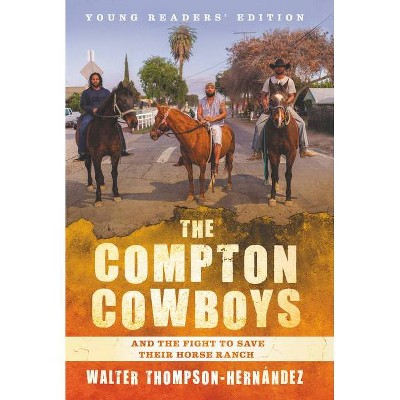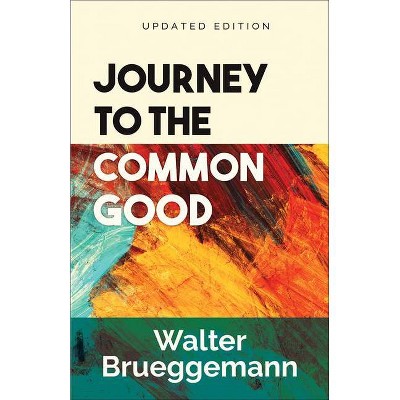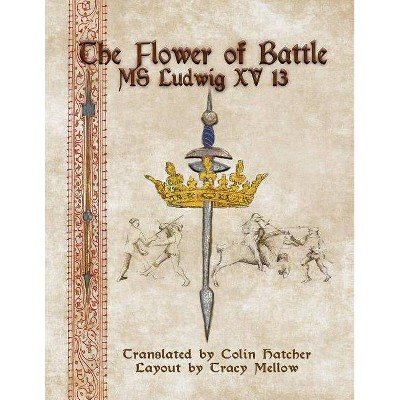The Battle of Batoche - 2nd Edition by Walter Hildebrandt (Paperback)
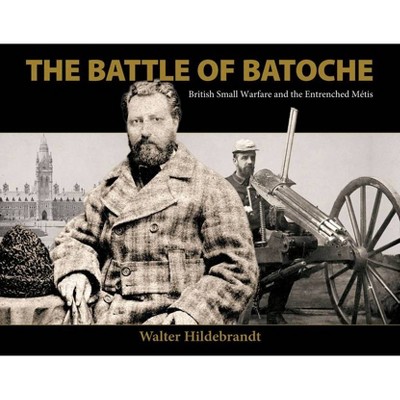
Similar Products
Products of same category from the store
AllProduct info
<p/><br></br><p><b> About the Book </b></p></br></br>After Batoche, everything changed for the Métis people and for Canada as well, especially in Québec.<p/><br></br><p><b> Book Synopsis </b></p></br></br>The Battle of Batoche is the best-known confrontation between Métis and British soldiers in the Northwest Resistance of 1885. It remains one of Canada's most emotion-laden memories, chronicling an historic event equivalent to the 1863 battle of Gettysburg. After Batoche, everything changed for the Métis people and for Canada as well, especially in Quebec. The battle decided the future for the Métis people - mixed Cree or Anishinaabe and Scottish or French ancestry who populated the Red River region known today as modern Manitoba, North Dakota, and Minnesota. The battle was the climax of the federal government's efforts to control the native and settler population of the West. It also changed attitudes in Quebec, which saw widespread outrage over the hanging of rebel leader Louis Riel following the battle; distrusting the Conservative government, French-speaking Quebecois began to feel safe only in Quebec and consequently limited their<br>expansion into western Canada. <p/>Walter Hildebrandt's chronicle of the battle, first published at the centenary of the Northwest Resistance in 1985, eloquently revisited and analyzed the strategies of both sides. This redesigned new edition adds sidebars and extended captions, as well as numerous maps and photographs that offer detailed description of the fateful battle. Sidebars focus in detail on topics related to the battle, including Louis Riel and Gabriel Dumont as leaders of the Métis resistance; nurse Kate Miller, Canada's Florence Nightingale; Batoche as the site of the first-ever battlefield photos, taken on horseback during the battle; the Gatling gun as evidence of the newly industrial nature of warfare; and zareba warfare and riflepit trenches as foreshadowing of the trenches of World War One, among other topics. <p/>Recent historiography, in particular, on Métis and First Nations involvement, including the role of women and children, is incorporated into the text, and notes and bibliography are updated. <p/>Foreword by Jean Teillet, great-grandniece of Louis Riel.<p/><br></br><p><b> About the Author </b></p></br></br><b>Walter Hildebrandt</b> is known as both a poet and historian. A consultant on Aboriginal treaties, he is author of <i>Views From Battleford: Constructed Visions of an Anglo-Canadian West</i> and co-author of <i>The Cypress Hills: The Land and Its People</i> and <i>The True Spirit and Original Intent of Treaty 7</i>, which won the Gustavus Myers Award for outstanding work on intolerance in North America in 1997. <i>Finding Louis O'Soup</i>, his fourth book of poetry, was published in 2008. His previous volume, <i>Where the Land Gets Broken</i>, received the Stephen G. Stephensson Award for Poetry in 2005. <p/><b>Jean Teillet</b> is a partner in the firm of Pape Salter Teillet, with offices in Vancouver and Toronto. Ms. Teillet specializes in Aboriginal rights litigation and negotiations, with a particular emphasis on Métis rights. She is the great-grandniece of Louis Riel.
Price History
Price Archive shows prices from various stores, lets you see history and find the cheapest. There is no actual sale on the website. For all support, inquiry and suggestion messagescommunication@pricearchive.us
